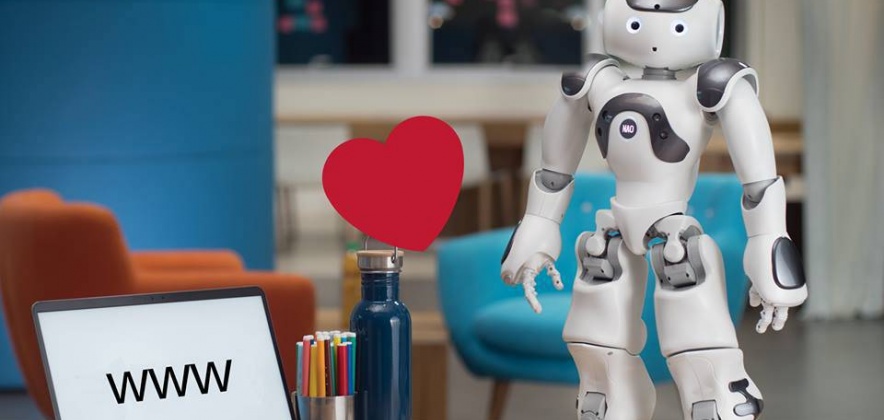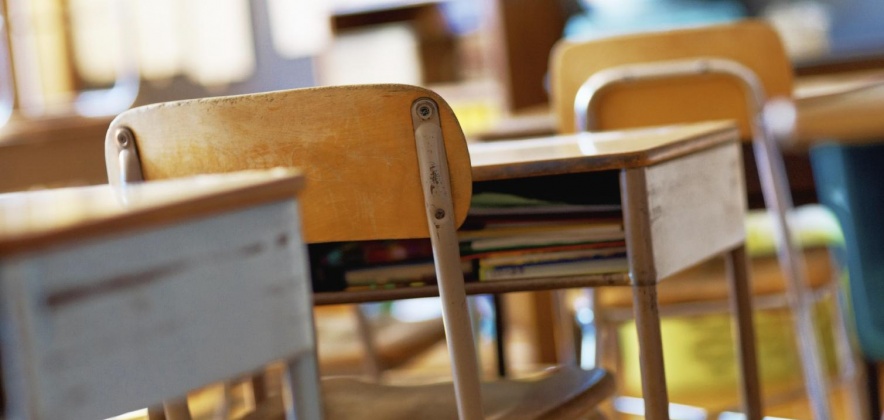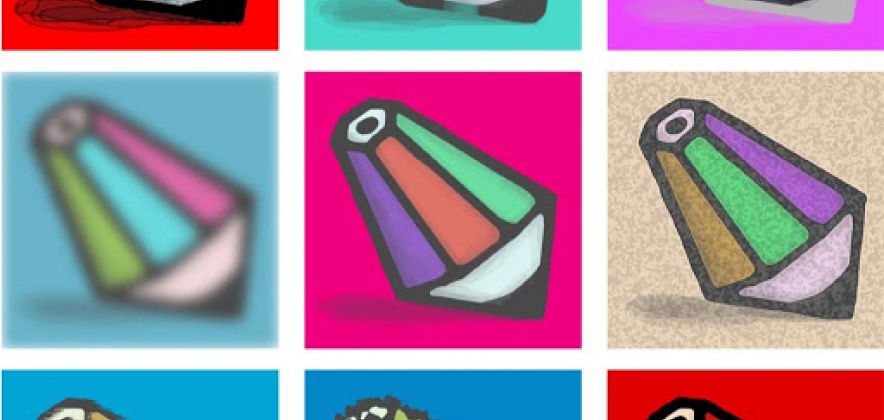
Abstract
How to design and implement equitable and inclusive teaching? What pedagogical paradigm should be referred to? How do technologies contribute to enhance differences and personalize students' learning paths? With the aim of achieving the goal of designing and implementing flexible and equitable educational pathways for everyone (ONU, 2015) in which barriers to learning are reduced and levels of participation are raised (OMS, 2002), this contribution ecologically integrates the inclusive technologies in their dual function, assistive and compensatory, in the pedagogical framework of Universal Design for Learning (Rose, 2001; Rose & Meyer, 2002; CAST 2011, 2018; Savia, 2016). Starting with a general overview of the Universal Design for Learning "framework" and Inclusive Technologies, the paper outlines reflection on two implementation models, the "authoring" conceived by Cottini (2019) and the Multi-Tiered System of Support (MTSS- Fuchs, Fuchs & Malone, 2017) widely used in US educational and academic institutions. Both models are significant because they illustrate the technological continuum from strategies to make curricula and instructional materials accessible to all, to interventions to address special education needs through specific adaptations.
 Classified "A" by ANVUR in the fields 11/D1, 11/D2 Scientific in the field 14.
Classified "A" by ANVUR in the fields 11/D1, 11/D2 Scientific in the field 14.




